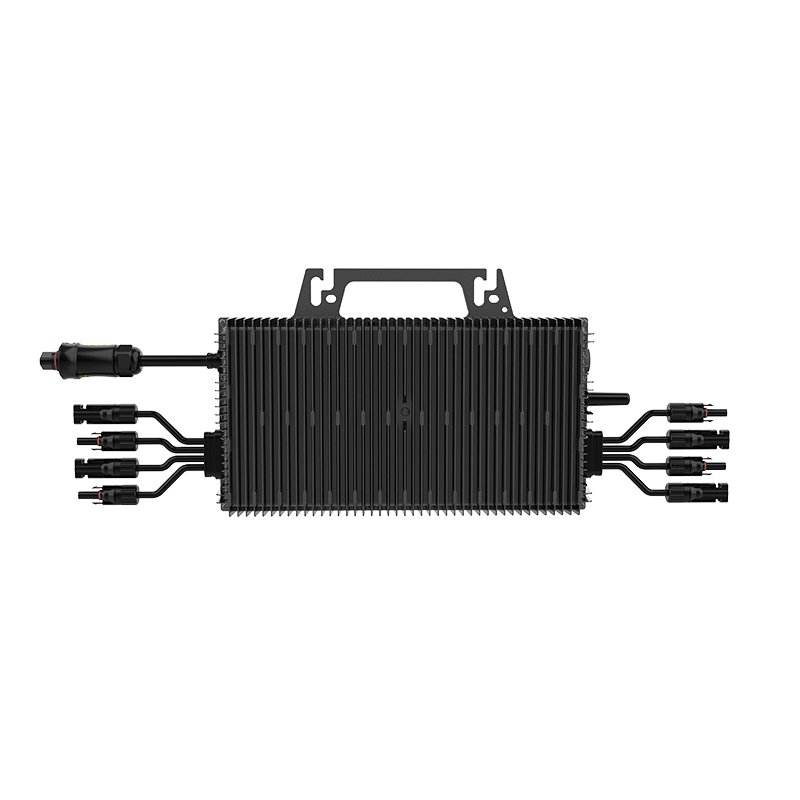The Future of Solar Energy: How Microinverters Are Revolutionizing Power Conversion
Introduction
As solar energy continues to gain popularity, advancements in technology are making solar power systems more efficient, reliable, and scalable. One such innovation is the microinverter, a device that is transforming how solar panels convert and manage energy. In this article, we’ll explore what microinverters are, how they work, and why they might be the best choice for your solar energy system.
What Are Microinverters?
Unlike traditional string inverters, which connect multiple solar panels in a series to a single inverter, microinverters are small inverters attached to each individual solar panel. This allows for independent power conversion at the panel level, optimizing performance and increasing energy harvest.
Key Features of Microinverters:
- Panel-Level Optimization – Each microinverter operates independently, ensuring that shading or malfunctions in one panel don’t affect the entire system.
- Higher Energy Efficiency – By converting DC to AC right at the panel, energy losses are minimized.
- Enhanced Monitoring – Many microinverters come with real-time monitoring, allowing homeowners to track the performance of each panel.
- Scalability – Easily expand your solar system by adding more panels with their own microinverters.
How Do Microinverters Work?
- DC to AC Conversion at the Source – Each solar panel generates direct current (DC), which the microinverter immediately converts to alternating current (AC) for household use.
- Independent Operation – If one panel is underperforming due to shade or dirt, the others continue working at peak efficiency.
- Grid Compatibility – The AC power is fed directly into your home’s electrical system or the grid without the need for a central inverter.
Advantages of Microinverters Over String Inverters
| Feature | Microinverters | String Inverters |
|---|---|---|
| Efficiency | Higher (panel-level optimization) | Lower (affected by weakest panel) |
| Shading Impact | Minimal reduction | Significant reduction |
| Monitoring | Per-panel tracking | System-wide only |
| Lifespan | Longer (25+ years) | Shorter (10-15 years) |
| Installation Flexibility | Easy expansion | Limited by string configuration |
Are Microinverters Right for You?
Microinverters are an excellent choice if:
✔ You have a partially shaded roof (trees, chimneys, etc.).
✔ You want real-time monitoring of each panel’s performance.
✔ You plan to expand your solar system in the future.
✔ You prioritize long-term reliability and efficiency.
However, they may have a higher upfront cost compared to string inverters, though the long-term benefits often justify the investment.
Conclusion
Microinverters represent a significant leap forward in solar technology, offering greater efficiency, reliability, and flexibility for residential and commercial solar systems. As the demand for renewable energy grows, microinverters are becoming the preferred choice for homeowners looking to maximize their solar investment.
Interested in upgrading to microinverters? Contact us today for a free consultation!
Would you like any modifications or additional sections, such as case studies or brand comparisons? Let me know how I can refine this further for your audience!

